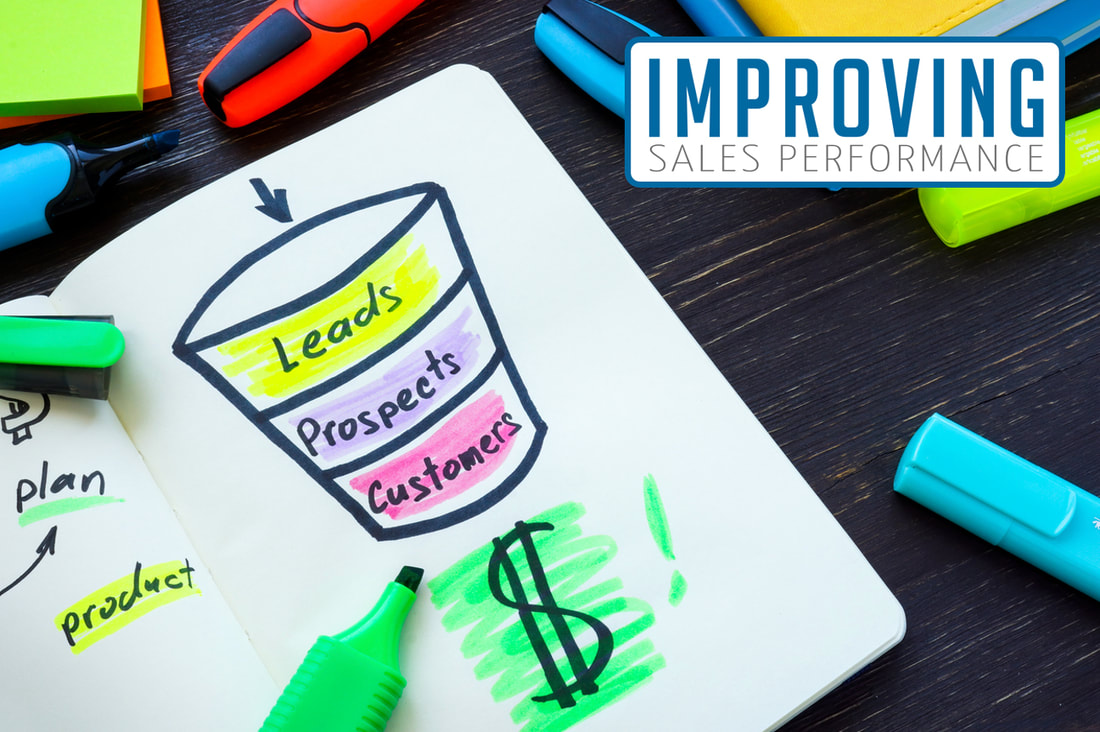|
Moving customers through each stage of the sales funnel is an important function of your sales and marketing teams. Of course, they need to be in alignment with each other if this process is going to be as smooth and seamless as possible. They also need to deploy the right activities at the right time for best results.
What are some of the activities your team should be doing at each stage of the sales funnel? Let's discuss five for each phase: top (awareness), middle (evaluation), and bottom (decision). Top of Funnel Activities 1. Newsletters These are a great way to provide information that leads need to know about their situation. Highlight the benefits that your product or service offers, and how you can make their lives better, or solve a particular problem. 2. Social media posts Social media is an excellent channel for connecting with prospects and increasing brand awareness. Make sure your team is providing a steady stream of relevant content for users who may be unfamiliar with your company. 3. Marketing email sequences Automated email sequencing is a great "set it and forget it" technique that can help move leads from the top of the funnel to the middle stage. Use those templates to provide educational content, and capture data points that measure each lead's level of interest. 4. Invitations Invite top-of-funnel leads to events where they can learn more about your company and your offerings. These events could include on-demand videos, webinars, panel discussions, product demonstrations, and workshops, to name just a few. 5. Thought leadership Building trust is crucial at each stage of the funnel, especially when interacting with leads who are unfamiliar with your brand. When your team develops high-quality educational content that delivers real value to prospects — and even creates an "a-ha moment" for them — then they'll be much more likely to progress to the middle stage of the funnel and evaluate your company further. Middle of Funnel Activities 1. Presentations and webinars Now that your leads are actively evaluating your solutions, it's important to provide them with meatier data to chew on. Presentations like panel discussions, webinars, and workshops are among the many educational opportunities that can help leads understand the value you provide more clearly. Your prospects will also be able to "mentally experience" what it would be like to partner with your brand. 2. Appointments After every presentation, don't forget to include a next step that invites leads to learn more. This often involves a one-on-one appointment with a member of your sales team. 3. Post-presentation outreach Not every single person who attends a presentation will automatically want to schedule an appointment with your team. However, that doesn't necessarily mean they're not interested in learning more or making a purchase with your company. You may just need to follow up with them in the form of emails, texts, and/or phone calls. Sometimes, a gentle "nudge" from a sales professional is all a person needs to progress to the decision stage of the sales funnel. 4. Data-driven outreach One of the most valuable things about digital marketing is the ability to dynamically track activities like email opens and clicks — both at a group and individual level. The resulting performance data can provide a list of middle-of-funnel leads who have, in one way or another, shown interest through their digital actions. With that data in hand, your sales team can reach out to them via email, phone call, or text to further gauge their interest (and hopefully motivate them to take further action). 5. Sales email sequences Sales email sequences at this stage of the funnel should focus on your solutions, as well as case studies and client success stories. This segues nicely into our next funnel stage... Bottom of Funnel Activities 1. Case studies or success stories These are not just helpful for middle funnel leads, but can also help seal the deal for prospects in the decision-making phase of their journey. Use these resources to increase confidence by painting a picture of a common problem, and then describing how your solution created a satisfying outcome. 2. Ambassadors or reference accounts Leads who are on the edge of buying often want one final confidence check before making a purchase. This is where pre-screened customer ambassadors or reference accounts can prove to be an invaluable asset. They can offer an objective take on your solution, and provide that extra assurance to your prospect about the benefits your company provides. (Just make sure your ambassadors are happy with your company and up-to-date on your offerings!) 3. Guarantees Having some form of guarantee built into your offer directly reduces a buyer's risk and increases their confidence. You can structure your guarantee in many different ways, but some of the most common forms include money-back guarantees (the prospect will get a refund if not satisfied with your offering) and outcome-specific guarantees (you promise a positive outcome for the prospect, no matter the cost to your company). Remember that the clearer and simpler your guarantee, the more effective it will be at moving sales forward. 4. Samples, test drives, and trial periods Offering trial runs for your leads is a great way to provide them with a no-risk experience of your product or service and allow them to explore your offering more fully. Of course, this type of strategy requires intentional design as to how it will work, how it will be managed, and how it will help your sales team close more deals. Collaboration among your sales, support, and delivery teams is vital to ensure that trial runs lead to a higher close rate. 5. Ride along This strategy lets bottom-funnel leads experience your solution firsthand through a demo or the eyes of a current customer. This is another excellent way to help them more clearly understand the benefits that your solution can provide. If your sales and marketing teams work together to implement the activities discussed above, at each appropriate stage of the sales funnel, then you'll be in a prime position to achieve increased revenue and a more robust customer pipeline. Learn More A healthy relationship between sales and marketing is vital to an organization’s success. Dive deep into this effective strategy in a new book called Sales & Marketing Alignment. If you'd like more insights on how you can improve your sales leadership, contact us. Or sign up for our newsletter for more valuable resources. Comments are closed.
|
Meet Me
Archives
April 2024
Categories
All
|
|
We are headquartered in Colorado with domestic and international teammates and clients. Please use the contact form on this page to inquire about any of our books, podcasts appearances, speaking engagements and workshops, any of our offerings, or simply to connect.
|
© Improving Sales Performance. All Rights Reserved.



 RSS Feed
RSS Feed
